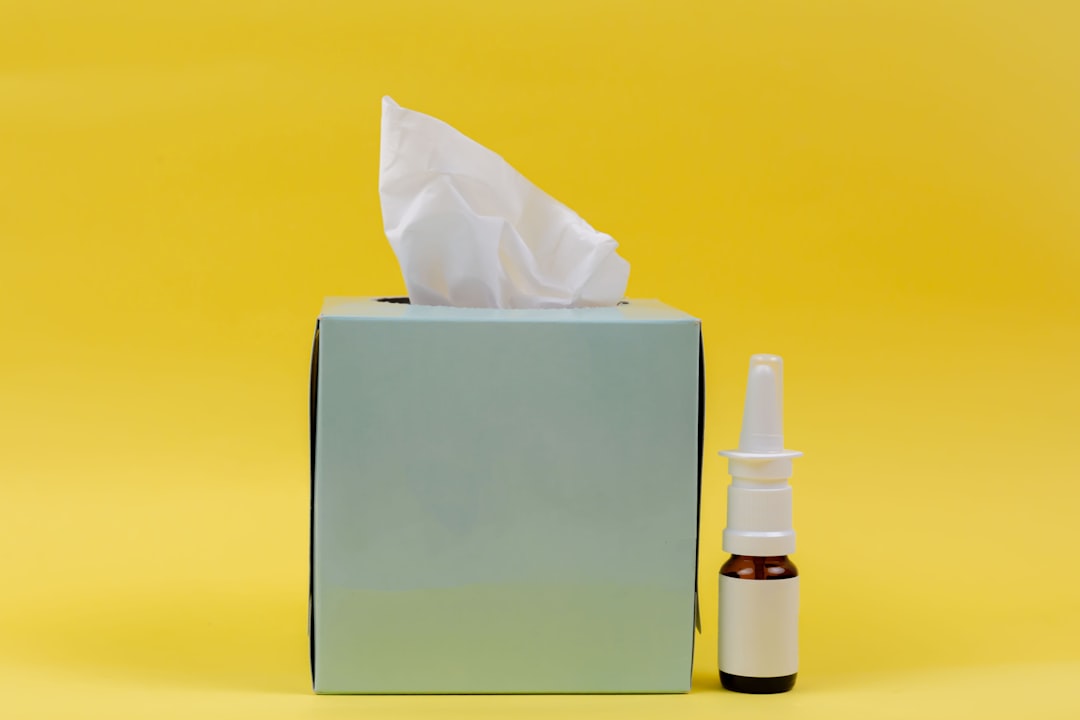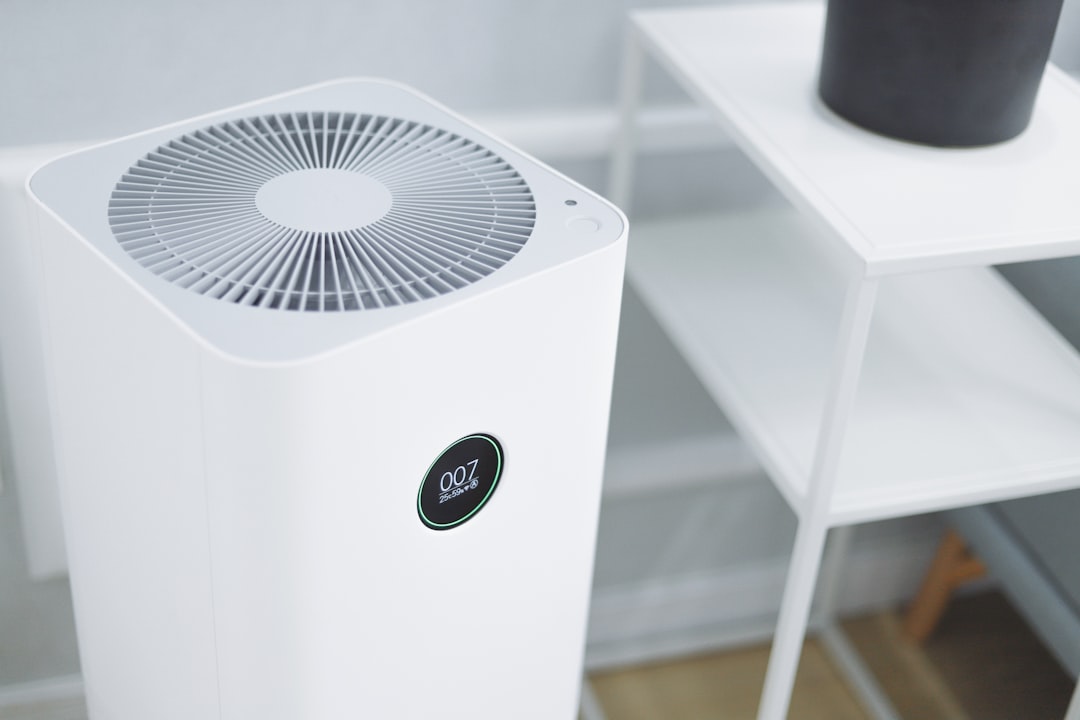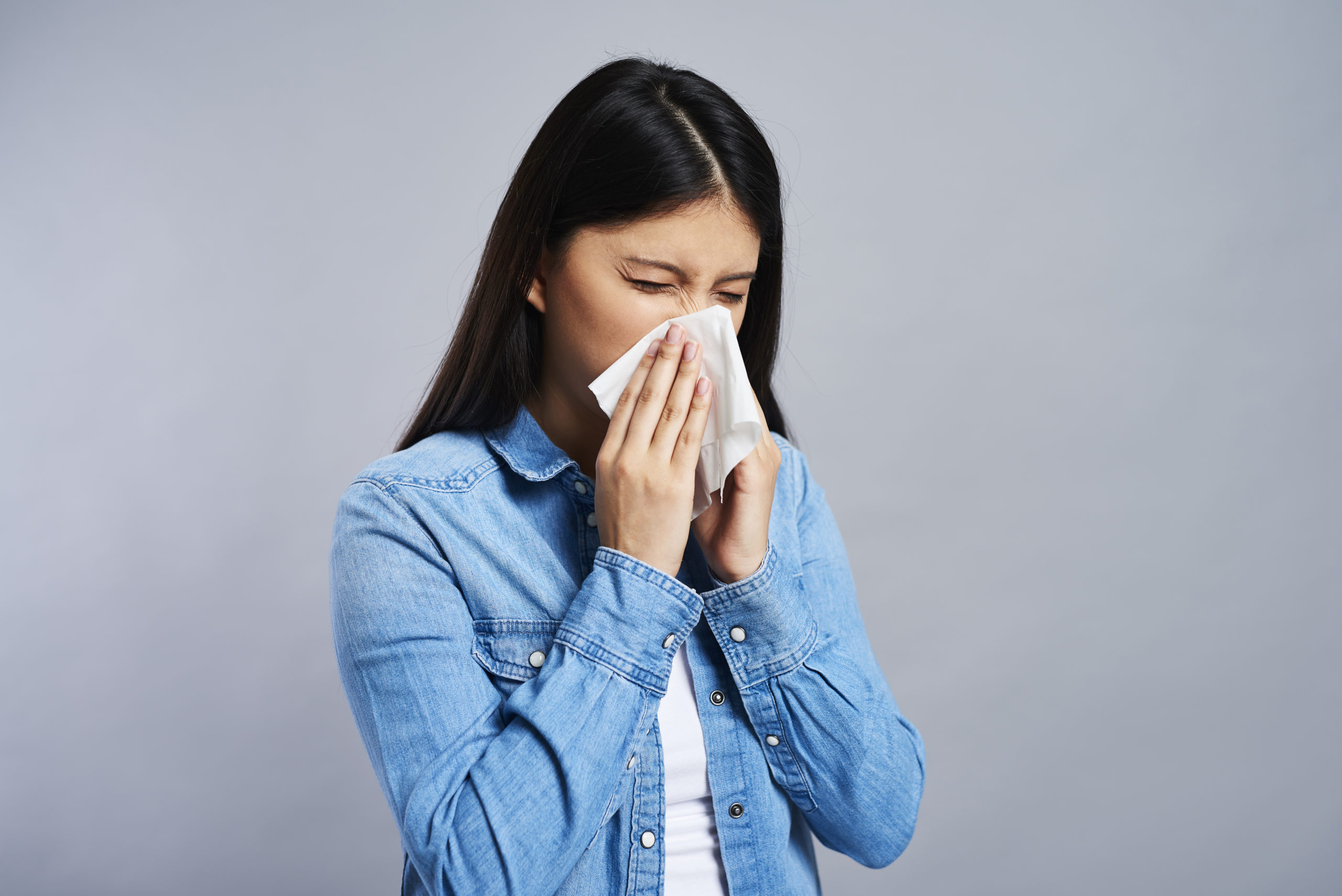No one enjoys allergy season when it rolls around, but there’s nothing we can do to avoid it. Fortunately, there is a lot we can do to make ourselves more comfortable at home. Our homes are often full of allergens from various sources, especially if you have pet fur or a lot of dust built up. It’s essential for allergy sufferers to take steps to reduce the presence of allergens in their home, particularly since some allergic reactions can be serious. If you need advice or aren’t sure where to start, check out some of our top tips for reducing allergy triggers in your home.
What are the top tips for reducing allergy triggers in your home?

There are many things you can do to minimize symptoms of grass pollen allergies, as well as other environmental allergies, in your home. Keep your windows and doors closed as much as possible. During pollen season, run your air conditioner instead. If you have to open the windows, try to do it in the morning when the pollen count is lower. There are also longer term solutions you may want to consider. Allergy shots and drops are the most common treatments, though you could also look into an immunoplasty for speedier relief.
The condition of your windows could be allowing allergens and other outdoor contaminants into your home. Cracks and crevices will often allow outside air to seep in, which can be a problem for allergy sufferers. If your windows have significant damage, you should think about investing in window replacement. It can reduce severity of your symptoms noticeably. Look for a contractor like this one in window replacement Grand Rapids MI. Years of experience, positive reviews from real customers, and a reputation for quality craftsmanship should all be priorities when hiring professionals to improve your home.
Additionally, air purifiers can eliminate allergy triggers at home. Air purifiers come in a variety of sizes and styles, so you can find one that is perfect for your needs. Some air purifiers are designed to be placed on a tabletop, while others are mounted on the wall. There are even portable air purifiers that you can take with you when you travel.
How else can you improve your indoor air quality?

You may be wondering what exactly indoor air quality is and why it affects allergy sufferers. Poor indoor air quality has been linked to a variety of health problems, including respiratory illnesses, eye and throat irritation, headaches, and fatigue. In fact, the Environmental Protection Agency (EPA) has classified indoor air pollution as a top five environmental health threat. The best way to reduce your exposure to indoor air pollution is to identify and eliminate the sources. Your home’s HVAC system will also play a role in keeping pollution and contaminants out of your home.
There are also several simple lifestyle adjustments that will improve the quality of the air in your home. One of the best ways to improve air quality in your home is to practice good indoor hygiene. This includes regularly cleaning all surfaces in your home, especially those that tend to trap allergens such as carpets and upholstered furniture. Experts recommend vacuuming once or twice a week with a vacuum that has a HEPA filter. You should also launder items that trap allergens such as bedding, curtains, and stuffed animals.
There’s no denying that allergy season is a challenge, but there is assistance available. Simple changes can make a big difference, but there are also more powerful treatment options that you can talk to an allergist about. These includes allergy shots, allergy drops, and immunoplasty. If your allergy symptoms are impacting your quality of life, you should definitely reach out for professional help. No matter what approach you take, the important thing is that you prioritize finding solutions for the problems your allergies are causing.

